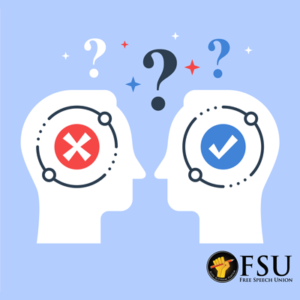Unconscious Bias Training: Social Lubricant or Snake Oil?
Carrie Clark
Summary
Is Unconscious Bias Training based on science?
About $8 billion was spent on Unconscious Bias Training (UBT) in the United States in 2017 and it has grown significantly since then. Robin DiAngelo, author of the best-selling White Fragility: Why It’s So Hard For White People to Talk About Racism, is a diversity trainer who charges up to $20,000 a session. But is the training based on science?
Most of the training has, at its heart, something called the Implicit Association Test (IAT) in which participants are asked to press a key on a keyboard in response to different words and images which flash up in quick succession. (This test is sometimes referred to as the Implicit Bias Test or the Unconscious Bias Test or the Implicit Racial Bias Test.)
- To begin with, participants are asked to hit ‘I’ on the keyboard when a positive word shows on screen and ‘E’ when a negative word shows.
- Next, participants are prompted to hit ‘I’ when they see a black African face and ‘E’ when they see a white European face.
- In the third-round, participants must press ‘I’ for a good word or a black face and ‘E’ for a bad word or a white face.
- In the last round, this is reversed so that participants press ‘I’ for a bad word or a black face and ‘E’ for a good word or a white face.
The IAT calculates your reaction speed when associating concepts (positive or negative words) and attributes (black or white faces). In other words, the race IAT is measuring how fast or slow you are to associate positive or negative words with different racial groups.
The IAT feeds reaction times into an algorithm that categorises participants as having either a “slight”, “moderate” or “strong preference for white faces over black or vice versa. So a “strong preference” for white faces would be regarded as evidence of high levels of implicit anti-black bias.
Sounds scientific, right? And, indeed, it was developed by three Harvard psychologists in 1998 and the test can still be taken on the Harvard University website. But since then it has been largely discredited by other social scientists, as Carrie Clark explains in the this well-researched briefing paper. Among Carrie’s finding are:
- Psychological tests must meet certain scientific standards in order to be considered legitimate and useful. The IAT falls well short of these standards in three key areas: reliability, validity and objectivity. Realistically, this calls into question the test’s ability to accurately measure implicit racial bias.
- The difference between conscious (explicit) and unconscious (implicit) thought is unclear: There is no consensus in psychology and neuroscience about precisely how explicit and implicit thoughts are divided from each other.
- IAT participants can often predict how implicitly biased the test will find them to be. This means that participants show conscious awareness of something that the IAT claims to be unconscious.
- A person can get a low score on the test one day, then a high score the next. That means it’s unlikely to be measuring an underlying level of unconscious bias since, if it was, why would that change from day to day?
- The IAT is supposed to be a more accurate measure of a person’s racial bias than just asking them straight out how racist they are because, for a variety of reasons, people will claim to be less racist than they really are. But meta-analysis shows that the IAT is no better at predicting racist behaviour than explicit self-report measures. If you’re trying to find out whether a given individual is racist, research suggests that simply asking them their views on race would be more informative than having them take the IAT.
- Fundamentally, the IAT is a reaction speed test, so the faster you’re able to think, the better able you are to give the “right” answers and not slip up to reveal “unconscious” bias. But are differences in reaction time evidence of implicit racial prejudice? As one team of researchers put it, “Difference in reaction times is not discrimination.”
- A high IAT score does not mean someone is more likely to be racist in real life. There is no correlation between how high a person scores on the test and how discriminatory their behaviour is in the real world.
Does Unconscious Bias Training Work?
Perhaps more worrying than the unscientific nature of the training is the evidence that it doesn’t work. Carrie Clark uncovered evidence that not only is it ineffective, but in some cases participants are more likely to engage in discriminatory behaviour after they’ve taken the training.
- Implicit bias is, at best, a very minor cause of discriminatory behaviour. The most generous studies find that implicit bias, as it is understood in the context of IAT and UBT, accounts for about 4% of discriminatory behaviour in lab settings. Under meta-analysis this figure falls to 1%. Even if we accept that implicit bias is a factor in racial discrimination, it does not account for between 96-99% of observable prejudice. UBT therefore appears to be an inefficient target of intervention for employers seeking to reduce racial discrimination.
- There is very little robust evidence that undertaking UBT makes someone less likely to engage in discriminatory behaviour. The small number of studies demonstrating that it is possible to change a person’s level of implicit bias show that reductions are minimal, short term and do not lead to a reduction in real-world discriminatory behaviour.
- Racial disparities continue to be evident in organisations where UBT has been deployed, discrediting the claim that UBT creates diverse workplaces. Firms like Pinterest and Google have made huge investments in UBT and related diversity initiatives, but society-wide patterns of unequal racial representation continue to be reflected in the makeup of their workforces.
- Focusing on invisible, implicit prejudice as advocated by boosters of UBT may distract from frankly confronting explicitly racist behaviour. A similar point was made by Les Ferdinand, Queen’s Park Rangers’ black Director of Football, when explaining why QPR players hadn’t “taken the knee” in the team’s first match of the 2020–21 football season. “The taking of the knee has reached a point of ‘good PR’ but little more than that,” he said. “The message has been lost. It is now not dissimilar to a fancy hashtag or a nice pin badge… Taking the knee will not bring about change in the game – actions will.”
- After studying the impact of UBT at over 800 companies, two sociologists concluded that the training damaged diversity, created resentment and heightened racial stereotyping.
Carrie Clark doesn’t deny that racial discrimination is still a problem in the workplace, and nor does she deny that unconscious bias is one of the causes of discriminatory behaviour. However, the evidence suggests that it’s a minor cause and UBT does not reduce it and may make it worse. To make a medical analogy, lavishing time and resources on UBT in order to address the problem of racism in the British workplace would be like spending the lion’s share of the NHS’s annual budget on homeopathic medicine. You will enrich the salesmen of homeopathic cures, but you won’t do anything to make people better.




